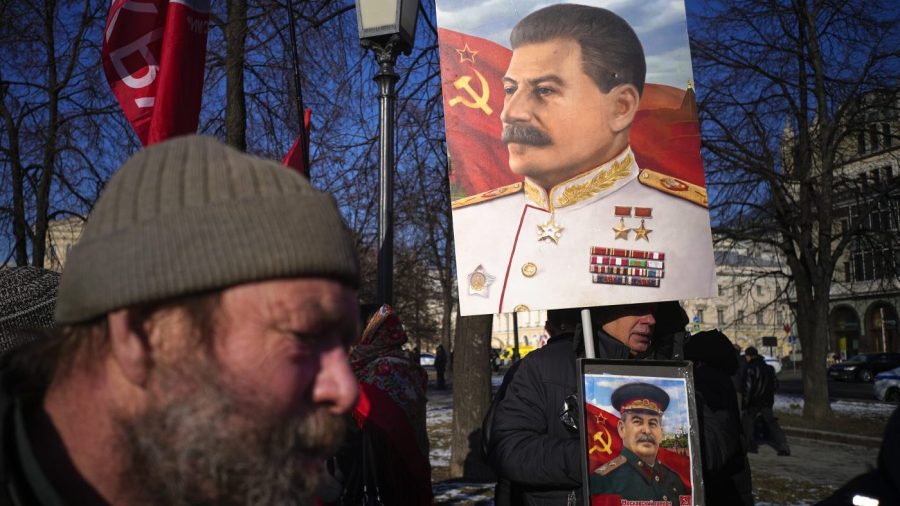
Let’s call the Trump administration’s approach to Russia an anachronism. It applies the realism doctrine of the Cold War long past its expiration date.
The theory of realism in international relations took the balance of powers during the Cold War as given, based on the fact that, whether we liked it or not, the aftermath of World War II divided the world into the areas controlled by the West and the Soviet Union as laid out at the Yalta Conference. They were called the spheres of influence, but this notion is deceptive, as they were actually the spheres of control and claims to such.
It was believed that the spheres of control between on the one side the U.S., NATO and Japan and on the other the USSR and the Warsaw Pact nations would create a stable equilibrium with sufficient containment and deterrence. In any case, there was nowhere else to go, which made realism realistic.
Now the U.S.-NATO-Japan sphere has expanded to include the former Warsaw Pact countries of Eastern and Central Europe, the formerly neutral Sweden and Finland, the nations of the former Yugoslavia (except Serbia), and even former Soviet republics such as the Baltic States formally —and, informally, Ukraine, Moldova and others.
The second sphere has narrowed to Russia and its fair-weather allies Belarus and North Korea. And Russia just lost its Syrian beachhead.
Whereas the first sphere has increased significantly, the second has decreased and practically ceased to exist. Russia’s nuclear arsenal is the only thing maintaining its position as a global actor, but there is no sphere of control.
A true realism would recognize this new reality. Russia claims the expired sphere of control as its inherent entitlement, as seen in the ultimatum of December 2021, but it does not exist — at least not yet. Nevertheless, an anachronism has emerged, including within the Trump administration and in academic circles, imposing on the contemporary world a scheme of two spheres of control, one of which no longer exists.
It assumes that the world has not changed over the last 35 years since the Cold War ended in 1989. Anachronism assumes that Russia’s claim to the former Soviet-Warsaw Pact sphere of control is something natural that must be taken at face value, and that it is not just a claim but an entitlement with the right to exist.
But today, the doctrine of the two spheres does not exist geographically, demographically or strategically. It is a fallacy of the wrong map and the wrong time. Anachronists see a map of the world whose time has long gone and which is no more — but, by operating under its assumptions, they risk bringing it back.
This is more than an analytical error — it is a dangerous delusion. Precisely because the second sphere does not exist, the recognition of Russia’s claim to the sphere makes the situation unstable. The struggle for the realization of the second sphere becomes a source of volatility while containment and deterrence lose their power.
Misattribution on the U.S. side may lead to miscalculation on Russia’s side. When the leaders of the USSR had their own sphere of control and stuck to it according to the Brezhnev Doctrine, containment and deterrence held them back. When the leaders of Russia lack what they claim they can and should have — not only according to their own claims but also according to the recognition of the Trump administration — the risk of war for regaining the sphere of control increases. Doling out the entitlement by doctrine makes taking it by force more likely.
Anachronism is a dangerous fallacy that may beget a ruinous reality.
Michael S. Bernstam is a research fellow at the Hoover Institution, Stanford University.












